Literally just 39 facts about CSU Spur
Learn more about the story of CSU Spur
story by Allison Sylte
published Jan. 4, 2024
It’s safe to say there are very few places in the world where one can visit an epic rooftop garden, see a world-class water quality research laboratory and watch live pet surgeries, all in one day.
However, this is just a taste of what visitors can experience at the Colorado State University Spur campus, a year-round educational, research and community destination in Denver.
The campus is located at the National Western Center, and while visitors are welcome any time of the year, it will be a hub of activity during the National Western Stock Show.
To get better acquainted with CSU Spur, here are 39 facts about one of the coolest places in the Mile High City.

1. The CSU System unveiled the official name “Spur” in 2019. At the time, now-CSU President Amy Parsons (who was serving as executive vice chancellor of the CSU System) said, “When you think of the word Spur, you may think of a railroad spur and the fact that Denver exists today because of one such spur. You may think of the spur on a boot, which is part of the historical context of this project overall; you may think of spurring innovation. It can mean something a little different to everyone, which just reflects the promise and richness of this site and all that’s going to happen here.”
2. Voters first approved a proposition to revamp the 250-acre National Western Complex in 2015, and CSU’s presence at this historic area just makes sense. The University has been involved with the National Western Stock Show since it first began in 1906, with a trainload of students traveling from Fort Collins to Denver to evaluate animals and exhibit livestock from the college herd.
3. The CSU Spur campus has three buildings: Vida, which is focused on health; Terra, which is concentrated on food; and Hydro, which is centered around water.
4. Crews broke ground on the CSU Spur project in 2020, and Vida officially opened during the 2022 National Western Stock Show. Terra opened later that spring and Hydro, the final building, was completed in January 2023.
5. More than 60,000 people visited the CSU Spur campus last year.
6. The Spur campus has 30 active volunteers who have contributed over 2,700 hours since January 2022. The volunteers work as greeters, visitor engagement facilitators, tour guides and virtual reality facilitators, and also provide support to school tours and the National Western Stock Show. You can get involved here: https://csuspur.org/volunteer/.
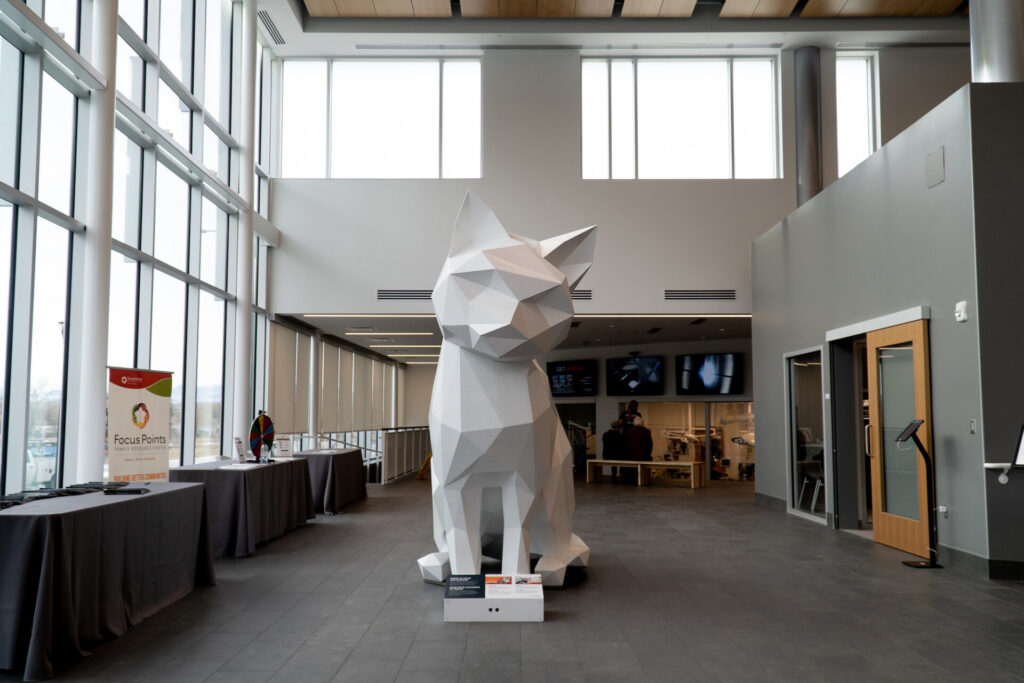
7. The 9-foot kitten statue in the lobby of the Vida building is named Esperanza (which means “hope” in Spanish). She was named by the Tepeyac Community Health Center, which is located near the CSU Spur campus in Denver’s Globeville neighborhood.
8. In addition to being adorable, Esperanza is also educational. If you walk up to her face, she’ll purr and meow, but just like some actual cats, she will hiss or growl if you walk up behind her.
9. The main CSU campus in Fort Collins currently leads 56 different projects at CSU Spur. They focus on education and research – as well as industry and community engagement – and come from every one of CSU’s colleges, the Office of Engagement and Extension and the provost’s office.
10. While the CSU Spur campus itself doesn’t directly grant degrees, it does host CSU biology classes, certificate programs, two master’s programs (soon to be four!) and even a Ph.D. program.
11. In addition, it is focused on public education, research and community outreach, connecting K-12 students with scientists through observation and hands-on activities.
12. Case in point? CSU Spur works with K-12 students and teachers from across the state to provide career discovery opportunities.
13. A cohort of FFA (Future Farmers of America) officers resides full time at CSU Spur. Integrated into Spur operations, these young adults receive formal professional development and travel the state working with FFA high school chapters.
14. Spur has welcomed more than 75,000 visitors this year alone.
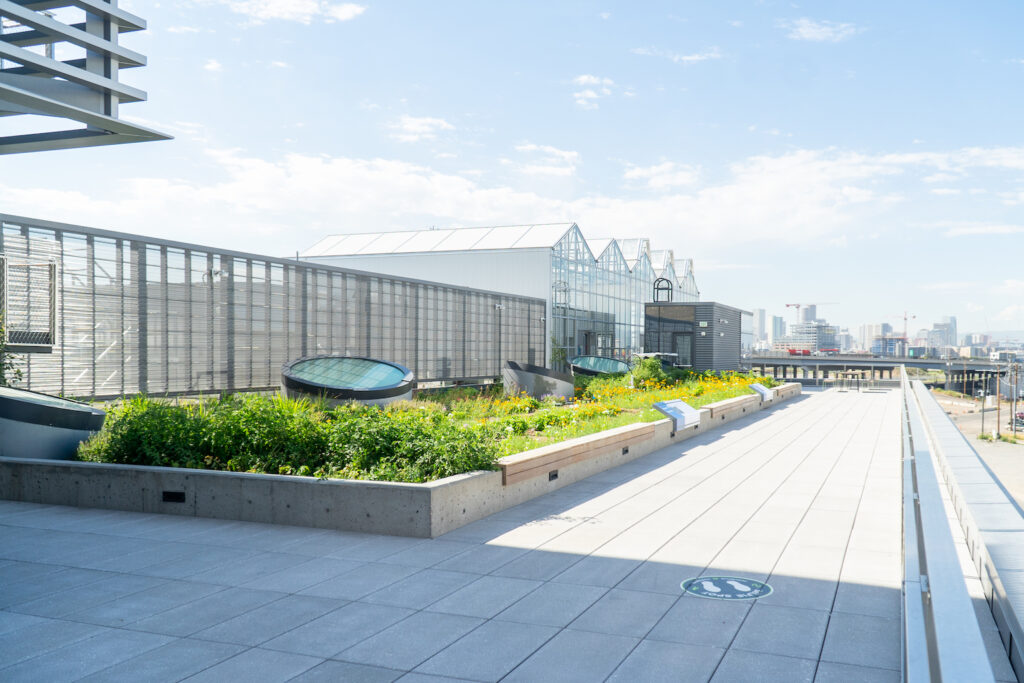
15. Terra is home to the world’s largest publicly accessible research green roof. This shows how urban spaces can be used for plant and food production, and also serves as a research and demonstration facility to build on previous CSU research to investigate water use, food production, agrivoltaics, plant-pollinator interactions, seeding and other emergent industry questions.
16. This isn’t the only cool thing on Terra’s roof. The greenhouse will soon be home to koi, demonstrating the potential to integrate aquaponics (fish production) into hydroponic (vegetable production) systems.
17. The story of the CSU System is on full display on the third floor of Terra. The CSU IMPACT(O) map shares an interactive experience where visitors can learn about CSU’s changemakers and explore how they’re tackling the significant challenges facing our planet by improving food, water, health, environment and energy.
18. Hydro’s entire rooftop is made of a green roof that is used to facilitate research in agrivoltaics, a growing field that involves producing food crops and solar energy in the same space.
19. Did you know you can get paid to try food at Spur? Seriously. The Sensory Laboratory supports the development of new food products in Colorado and beyond. If this sounds like the dream, sign up to be a Taste Tester at csuspur.org/taste-testing/.
20. Terra is home to a kitchen with a variety of uses, including cooking up new food products developed on the campus, community cooking and nutrition classes, and as a commercial kitchen space for local food entrepreneurs. After hours, this kitchen also provides commissary space for small local businesses.
21. More than 1,600 plants make up the living wall that greets visitors at the Terra building.
22. Starting in spring 2024, CSU and DU will host a unique set of classes at CSU Spur with the Osher Lifelong Learning Institute, which provides college courses for learners over 50, with no exams.
23. Spur is home to the CSU Plant Diagnostic Clinic, where a dedicated team of scientists support homeowners, farmers, ranchers, landscapers and more by accurately answering questions about plant pests and diseases, as well as providing recommendations for fixing potential problems.
24. Meanwhile, at CSU Spur’s Soil, Water and Plant Testing Lab, researchers help guide management decisions to help optimize production and profitability while managing the soil and water resources in an environmentally conscious manner.
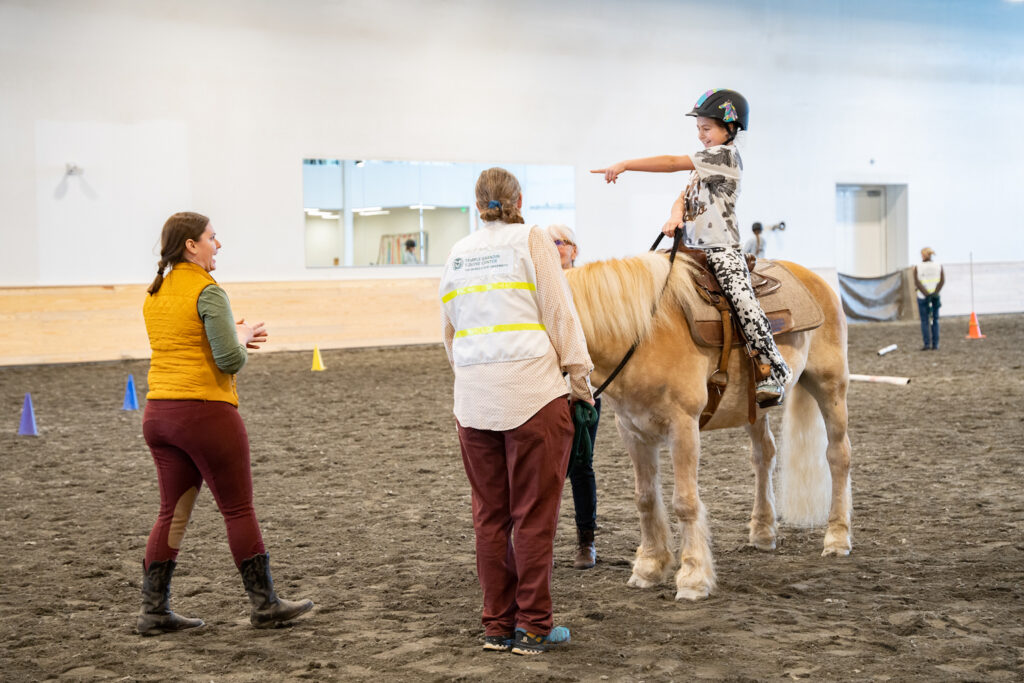
25. Vida is home to the Temple Grandin Equine Center, which partners with local therapists to provide up to 7,000 treatments per year and facilitate research on the efficacy of horse-assisted therapies.
26. The equestrian facility at CSU Spur is also home to the CSU Equine Sports Medicine and Rehabilitation Center. Horses have access to everything from in-ground and above-ground underwater treadmills (which the public can see from a viewing platform) to a standing cold saltwater spa to a whole-body vibration plate.
27, Horses actually live on-site at the Spur campus and are used during equine-assisted therapy.
28. Spur visitors can get a firsthand look at anatomy through Vida’s virtual reality lab, where VR headsets allow the curious to manipulate 3D images of an actual heart, brain and lungs, and learn about the inner workings of dogs, cats, horses, cattle and sheep.
29. Kids (or just the young at heart) can put those skills to the test in Vida’s mock veterinary exam clinic.
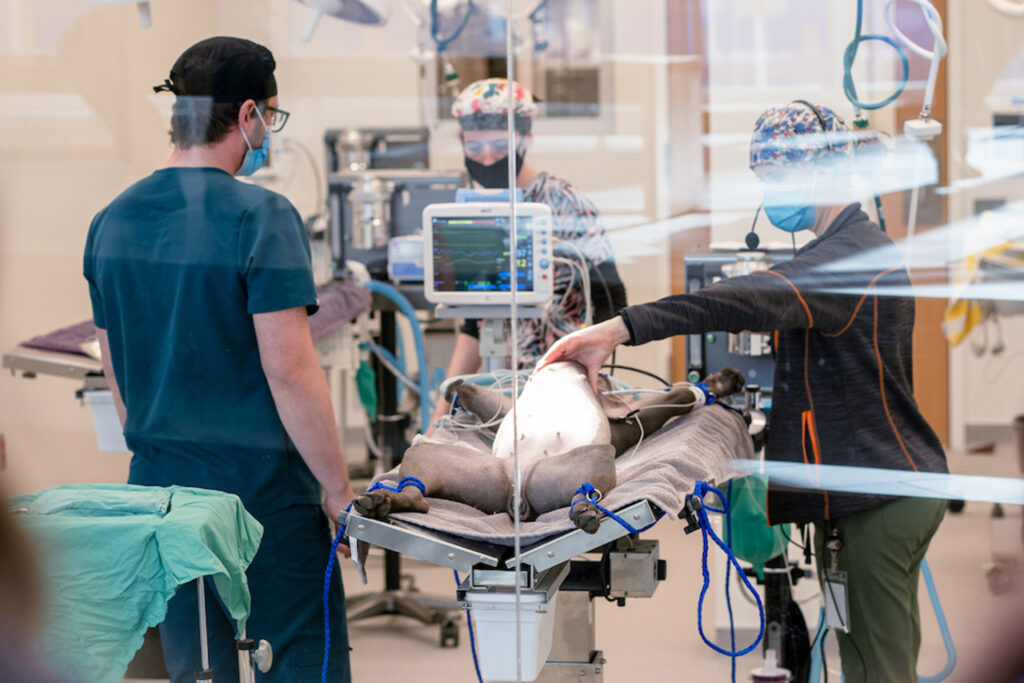
30. The Dumb Friends League Veterinary Hospital at CSU Spur provides subsidized care to thousands of animals each year, allowing people in the Denver community – regardless of income, language or location – to give quality care to their animal companions.
31. In 2023, more than 6,400 pets were treated at the facility’s urgent care hospital, veterinarians spayed and neutered more than 10,830 animals and another 5,747 pets were spayed neutered in surrounding communities.
32. This hospital provides multiple education opportunities, including through “on-view” surgeries where the public can watch veterinarians perform live procedures through glass with real-time explanations for what is occurring.
33. This isn’t the only way animals take center stage at Spur. HABIC (Human Animal Bond in Colorado) offers Denver-area pooches and their humans training to become support animal providers in schools, hospitals and nursing facilities.
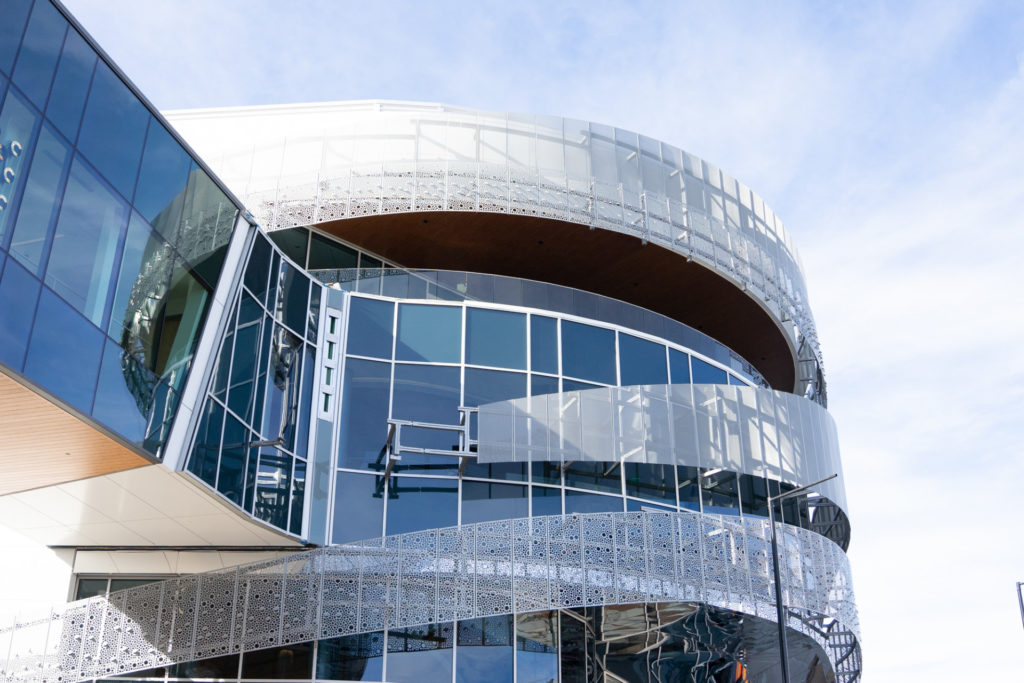
34. The Water Technology Acceleration Platform (Water TAP) lab is housed in Hydro. Here, a team of researchers tests a variety of water treatment technologies on six different sources: stormwater, graywater, roof runoff, wastewater, river water and a hodgepodge of sources ranging from hydrofracking waste to agricultural runoff. It is the only building in the country with access to this many types of water.
35. The National Western Center – and CSU Spur – are part of the largest sewage heat recovery project in North America. The initial buildout is expected to save 2,600 metric tons of carbon dioxide per year – equivalent to eliminating 6.6 million vehicle miles from roadways.
36. CSU Spur has eight large-scale permanent art installations, ranging from murals to sculpture to pieces that inspire education and play. The collection features artists from around the world.
37. If you want to see art in action, be sure to visit The Shop, a storied building that has served many uses since it was first built in 1930, but is now a unique space home to water nonprofits, educational organizations and seven artist studios.
38. If all the activity on the Spur campus has you working up an appetite, Western Daughters has you covered. Now located in the Hydro building, this local business offers coffee, lunch items and even drinks and happy hour offerings. Even cooler? Fifty cents of every dollar spent at Western Daughters goes back to the rancher who supplied the product.
39. Did these facts make you want to visit? Good news: CSU Spur is always free! The campus is open from 9 a.m. to 5 p.m. Monday through Friday, and 10 a.m. to 2 p.m. every second Saturday.